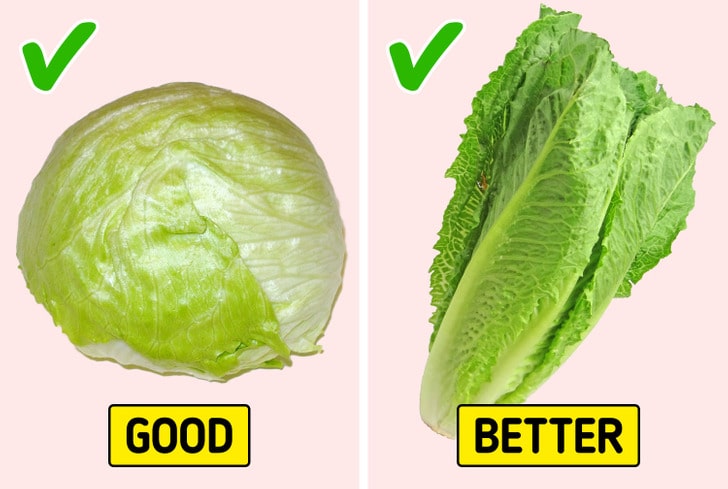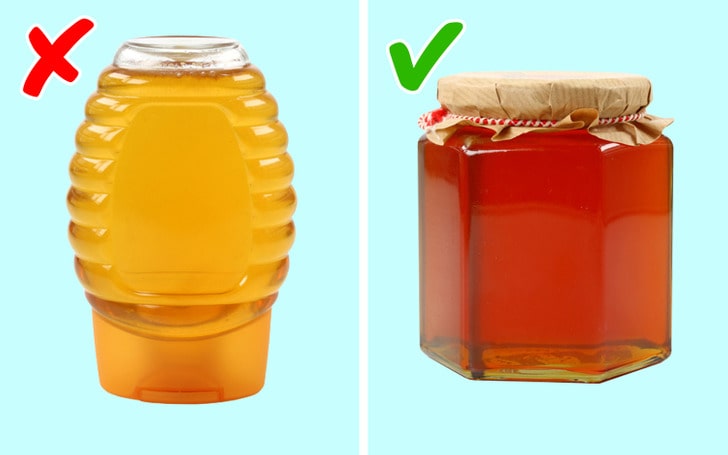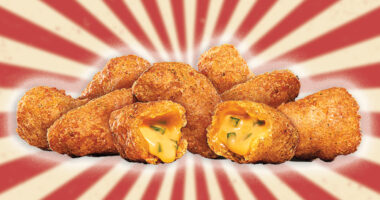We have lied so many times about so many food facts that now we must start questioning everything we have heard. For example, chocolate is not bad for you and diet soda is no better than real calorie soda.
These are just two things that many people still believe to this day. But we’re here to try and bust some myths and show you a whole new world of food truths.
We did some research and prepared 6 interesting facts that can change your food choices and that many people may not know about.
The lettuce game

Iceberg: 100 grams of this type of lettuce has 1 gram of protein and fiber, 7% folate, and 20% vitamin K. Vitamin K is important for bone and heart health. But overall, this lettuce is not at the top of its category.
Romaine lettuce: 100 grams has 1 gram of protein and 2 grams of fiber. It has 34% of the recommended daily value of folate, 48% of vitamin A and 85% of vitamin K. Its antioxidants protect against heart problems and inflammation.
The better and worse bread
White bread: Packaged white bread is very popular all over the world, but its nutritional properties are not very good. It does not contain many whole grains and therefore lacks essential minerals, vitamins, and fiber. It’s okay to eat it once in a while in a sandwich, but probably not multiple times a day.
Sourdough: it is qualified as one of the healthiest types of bread that exist. One reason for this is the probiotics produced during fermentation, which aid digestion. It also has a low glycemic index. A single slice of sourdough bread provides 3 grams of fiber and 4 grams of protein.
Not all kinds of honey are the same.

There are several different types of honey, but many store-bought brands are not what they claim to be. It’s easy to find blended varieties of syrups labeled “honey” on the shelves.
This is because highly processed honey lasts longer than natural honey. That’s why it’s important to check labels carefully if you want to buy real honey and not end up with fake processed honey.
The first thing to consider is a list of ingredients; 100% honey shouldn’t have one. Also, if you see the words “honey mix,” you’re probably buying syrups, not honey.
READ RELATED: Get Rid of Your Belly Overhang With This Tummy-tightening Workout
Granola isn’t better than rice.
The pros of each: Granola is an excellent source of riboflavin, vitamin B6, vitamin E, calcium, dietary fiber, iron, potassium, and protein. On the other hand, rice is also a good source of protein and vitamin A, and it doesn’t contain as much sugar and fat as granola.
The cons of each: Just 100 grams of rice is 91% carbs, while the same amount of granola is 45% fat. Also, a serving of granola has 489 calories, while a serving of rice has only 130 calories.
Bottom line: Both have their pros and cons, but granola comes with a lot more calories than rice for a small amount. It can also offer much more than rice, but when it comes to gaining weight, it loses massively.
The “healthy” option isn’t always low in calories.
Many people go for a salad when they’re at a fast food chain because they want to opt for the healthy, low-calorie option. However, a simple Caesar salad has 403 calories, 21 grams of fat, 22 grams of carbohydrates, and 30 grams of protein.
On the other hand, a regular cheeseburger with meat, bun, and cheese has 350 calories. 14 grams of this are fat, 35 grams are carbohydrates, 6 grams are sugar, and 630 mg is salt.
By comparison, the salad has 1,150 mg of sodium, which is nearly double the amount in the cheeseburger. The bottom line is that while salad seems like the healthier option, it contains more sodium and calories. This shows that it is not easy to find something really healthy in fast food chains.
Not all nuts have the same amount of calories.
It is well known that nuts are healthy for us, but they do come with certain calories associated with them. In fact, some of the various types of nuts have many more calories than others.
For example, just 3 Brazil nuts have 99 calories, while it takes 8 walnuts and 10 walnuts to reach roughly the same amount. Almost the same calories can be found in 15 almonds, 25 pistachios, or 90 pine nuts.
Did you know any of the facts mentioned above? If this is your first time hearing about them, what surprised or even shocked you the most?
Preview photo credit Lebensmittelfotos / Pixabay, BlackRiv / Pixabay
Source: crfatsides








